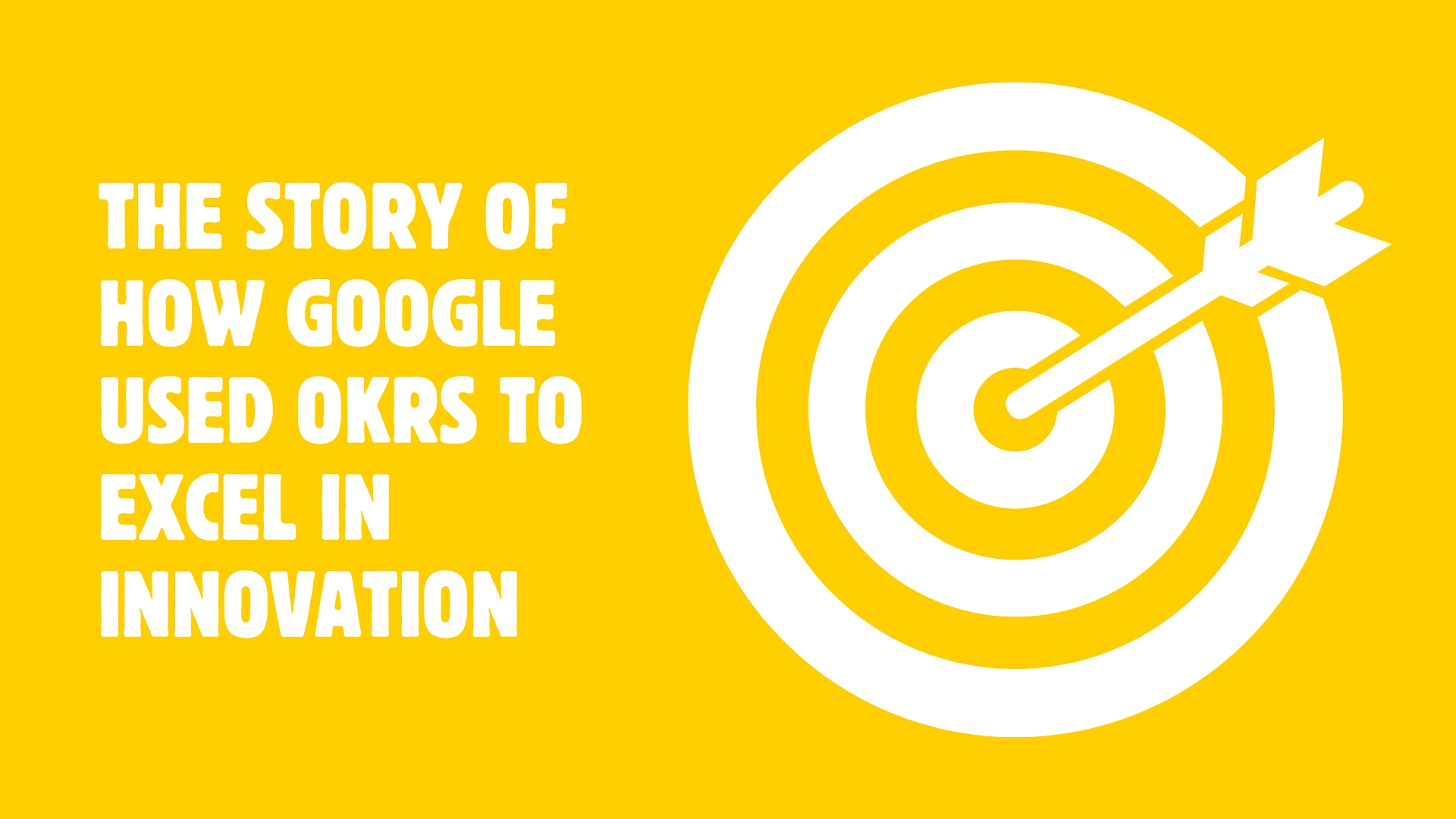Google’s journey to world leadership
Google’s journey to becoming one of the most innovative companies in the world wasn’t a matter of chance. It was fuelled by a powerful goal-setting framework known as OKRs (Objectives and Key Results). By adopting OKRs early on, Google ensured that every skill set, from engineering to marketing, aligned with the company’s overarching purpose to “organize the world’s information and make it universally accessible and useful”, while maintaining the freedom to innovate independently. This system played a crucial role in some of Google’s most groundbreaking advancements, including Gmail and the seamless YouTube login experience.
The Power of OKRs at Google
OKRs were introduced to Google by John Doerr, a venture capitalist who had learned about the framework at Intel. The philosophy was simple yet powerful: set ambitious objectives and track progress through measurable key results. Google embraced OKRs with a radical level of transparency, everyone in the company could see each other’s OKRs, from entry-level employees to the CEO.
This transparency ensured that innovation wasn’t confined to a select few decision-makers. Instead, it empowered every team to set their own OKRs in alignment with Google’s larger vision, fostering a culture of ownership, creativity, and accountability.
The Birth of Gmail: A Product of Bold OKRs
One of the best examples of Google’s OKR-driven innovation is the creation of Gmail. In the early 2000s, email services were slow, limited in storage, and cumbersome to use. Paul Buchheit, a Google engineer, set out to change that. His OKRs were ambitious: create an email service that offered 1GB of storage (a revolutionary amount at the time), a lightning-fast search feature, and a user-friendly interface.
Because Google’s OKR framework encouraged risk-taking, Buchheit was able to work on Gmail as a side project under Google’s famous “20% time” policy, which allowed employees to dedicate time to passion projects. The transparent OKR system meant that leadership saw the potential of Gmail early on, leading to resources being allocated to make it a reality. After years of internal testing, Gmail launched in 2004 as an invite-only service and eventually revolutionized email.
YouTube Login: Breaking Silos Through OKRs
Another instance of Google’s OKR-driven innovation came with the integration of YouTube’s login system with Google accounts. After acquiring YouTube in 2006, Google faced a challenge: users had separate logins for YouTube and Google, leading to frustration and inefficiencies.
The problem spanned multiple teams: YouTube engineers, Google authentication teams, and UX designers – all with their own OKRs. However, because OKRs were shared transparently, teams could see how their work fit into the bigger picture. They aligned their goals to create a seamless login experience that allowed users to access YouTube and Google services with a single account. The implementation of this unified login not only improved user experience but also helped Google strengthen its ecosystem of services.
The Lasting Impact of OKRs on Google’s Innovation
Google’s commitment to OKRs continues to fuel its innovation today. From Android to Google Assistant, the tool ensures that all teams, regardless of their function, align their ambitious goals with measurable results. The transparency of OKRs fosters collaboration across departments, helping Google stay ahead of the curve in an ever-evolving tech landscape.
By allowing teams to set their own OKRs while ensuring alignment with broader company objectives, Google struck the perfect balance between structure and creative freedom. The result? A company that consistently pushes the boundaries of technology and innovation.
Key takeaways
Clear Purpose and Vision – Google’s purpose to “organize the world’s information and make it universally accessible and useful” provided a guiding north star for all innovations, ensuring every initiative aligned with a broader purpose.
Clear Company Objectives – Google set ambitious yet focused objectives, such as revolutionizing email with Gmail and streamlining authentication with YouTube login. These objectives ensured all efforts contributed to meaningful impact.
All Team Members Must Create OKRs – Google empowered every team and individual to craft their own OKRs, fostering ownership, accountability, and a culture of continuous improvement.
Transparency is Key – By making OKRs visible across the company, Google enabled cross-team awareness, reduced silos, and ensured that everyone understood how their work contributed to larger goals.
Team Synchronization is Essential – Effective collaboration across multiple teams, such as Gmail developers and UX designers or YouTube and authentication teams, was crucial in executing complex projects efficiently and successfully.
By embracing these principles, Google consistently drives innovation and remains at the forefront of the tech industry.
You can replicate Google’s success patterns in your organization.
Do you want to learn how to implement OKRs
and get amazing business benefits just like Google?


